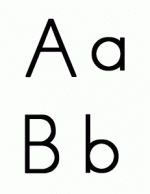Marisa Malone
Neuro Reverie Conclusion.
Week. 9
Word Count: 107
“Emotions course through the veins, engage the heart and the lungs, the bowels and the genitals, the muscles, the skin and face. As for cognition, do we not think, literally here, with hands and eyes?” (Rose, Abi-Rached, 230)
My body is a translator of the tangled neurons and synapsis that line layers of skin.
My brain functions through my entire body–or, my body functions through my entire brain (?)
Through western culture, through education, through privilege, through ability, my hands and eyes have evolved to become the translators of the world, the word, the thought, the image, the feeling, filtered through my body-brain. If I literally think with my body and my body is emotion and my body is female and my body is object and my body is seen and I frame my body in cultural values…do I trust my hands and eyes?

